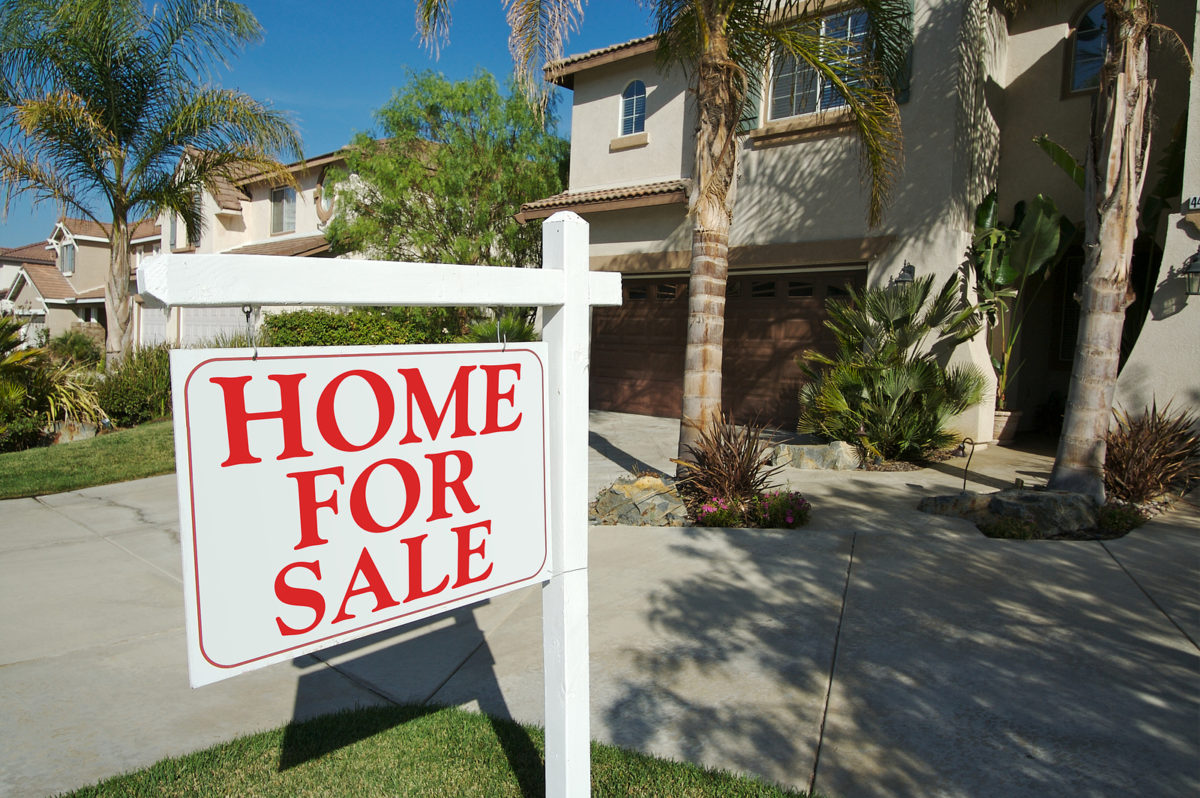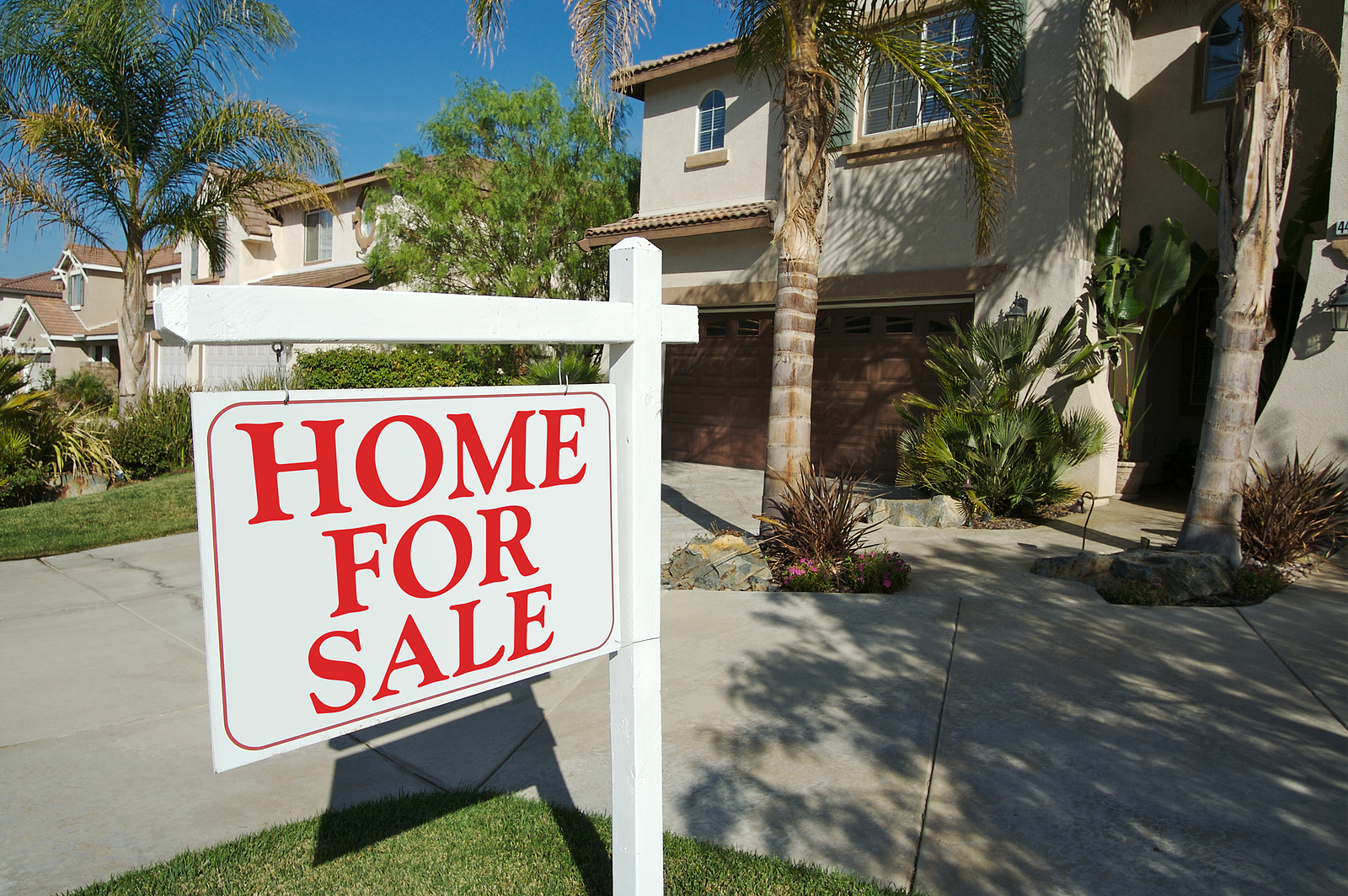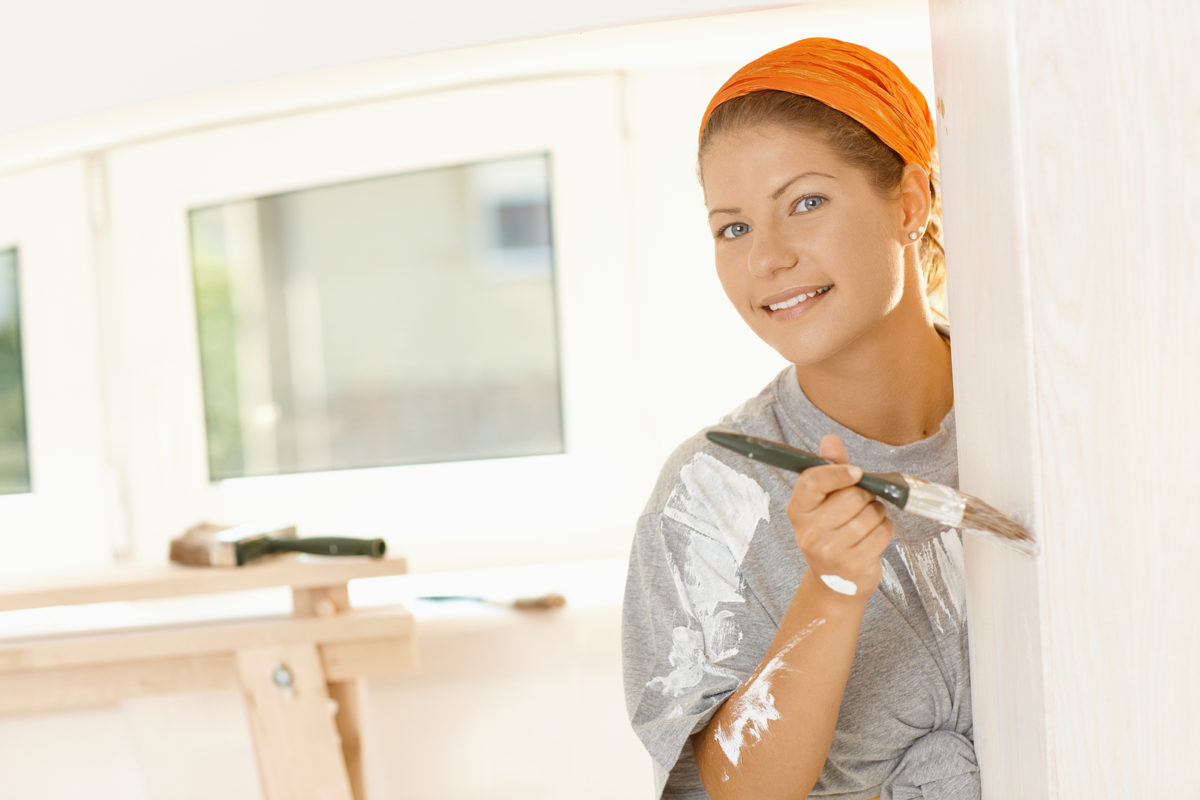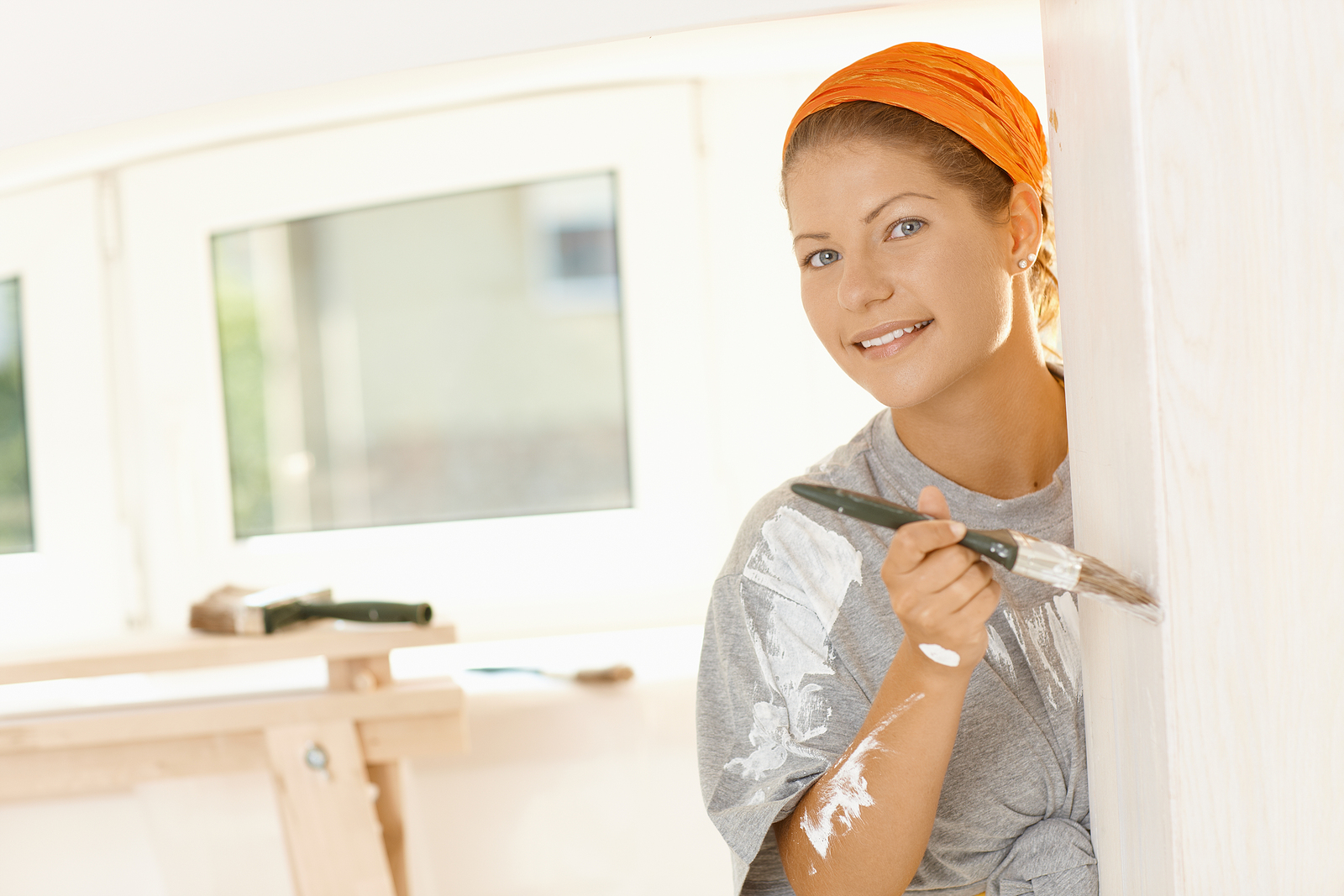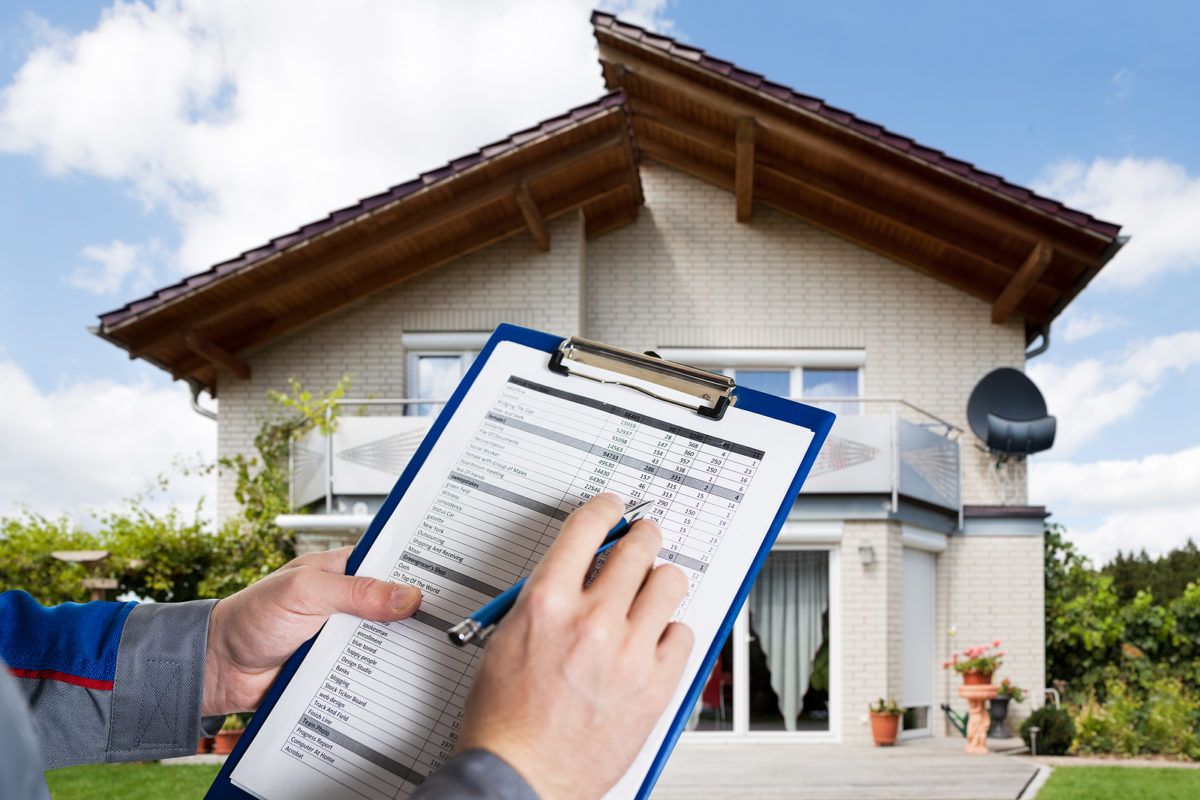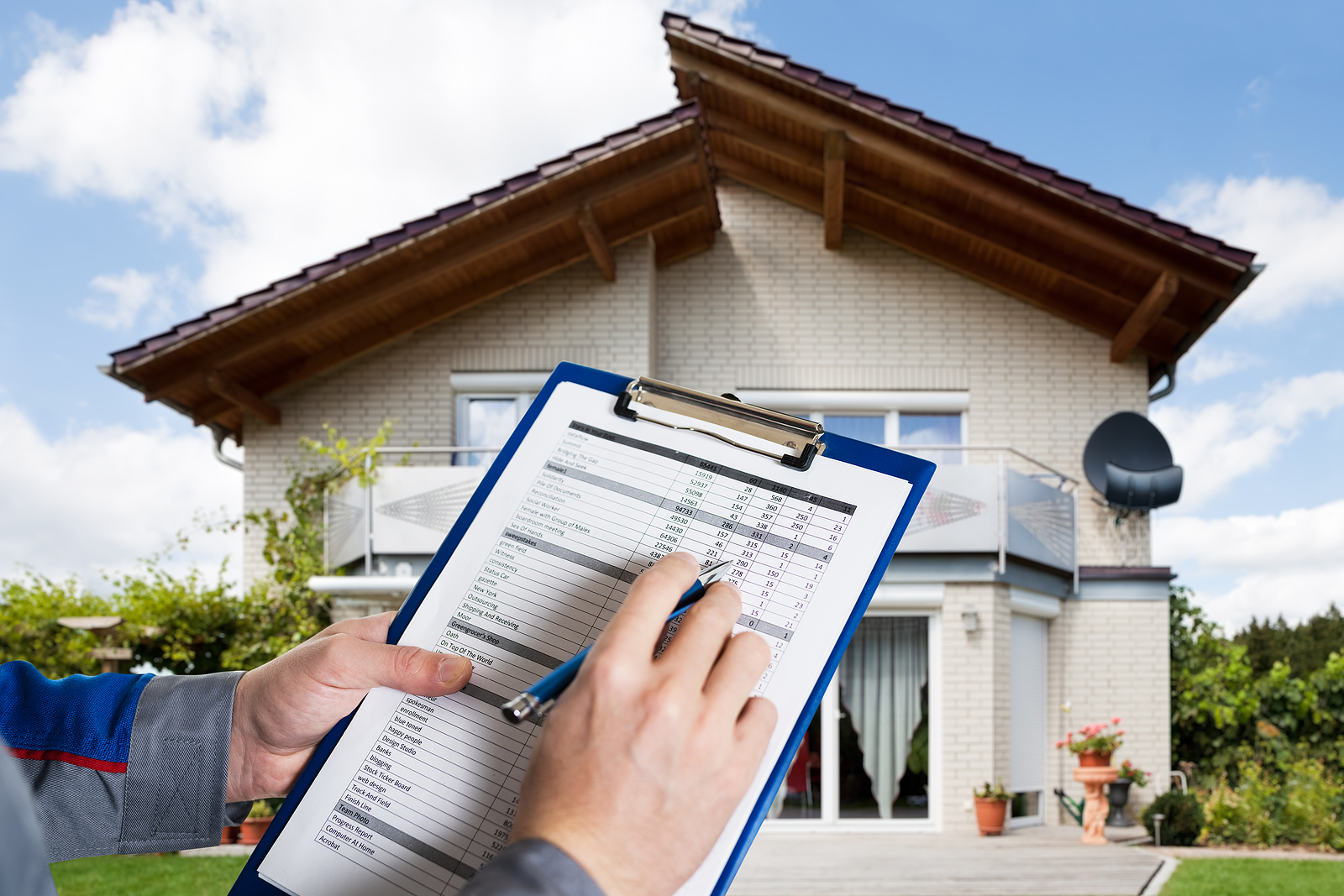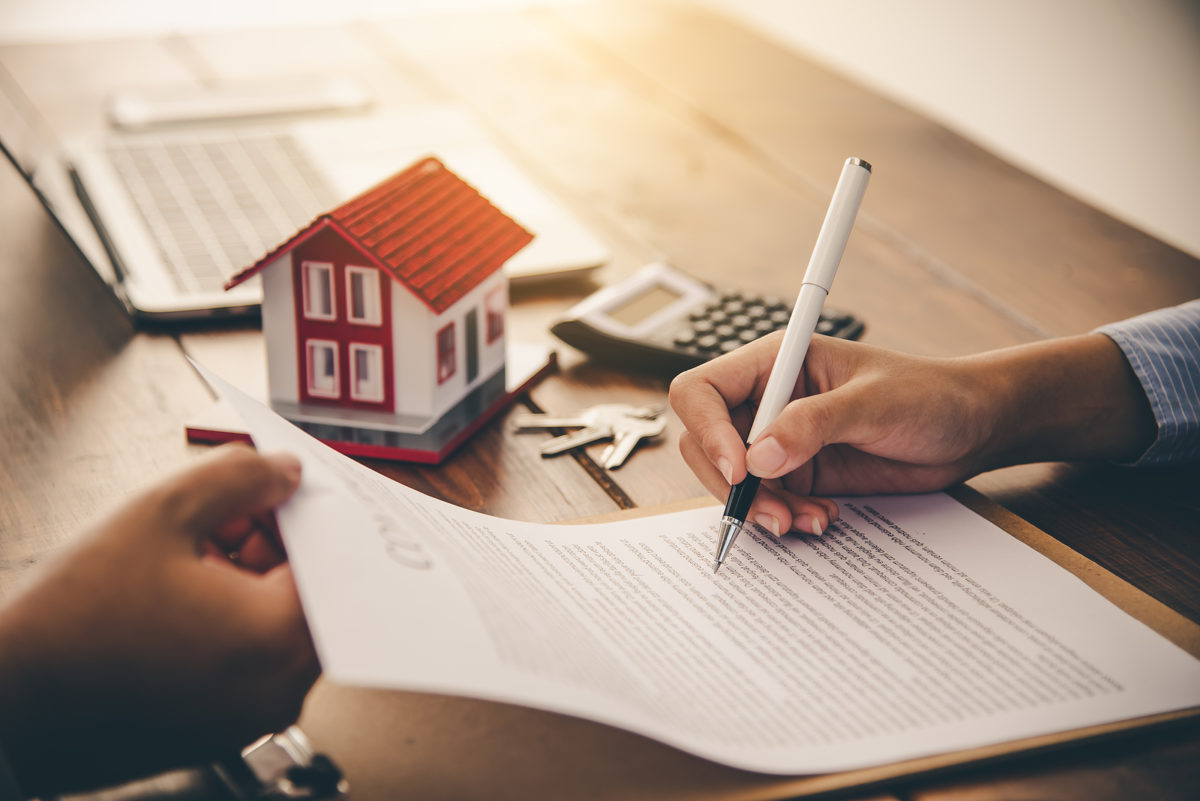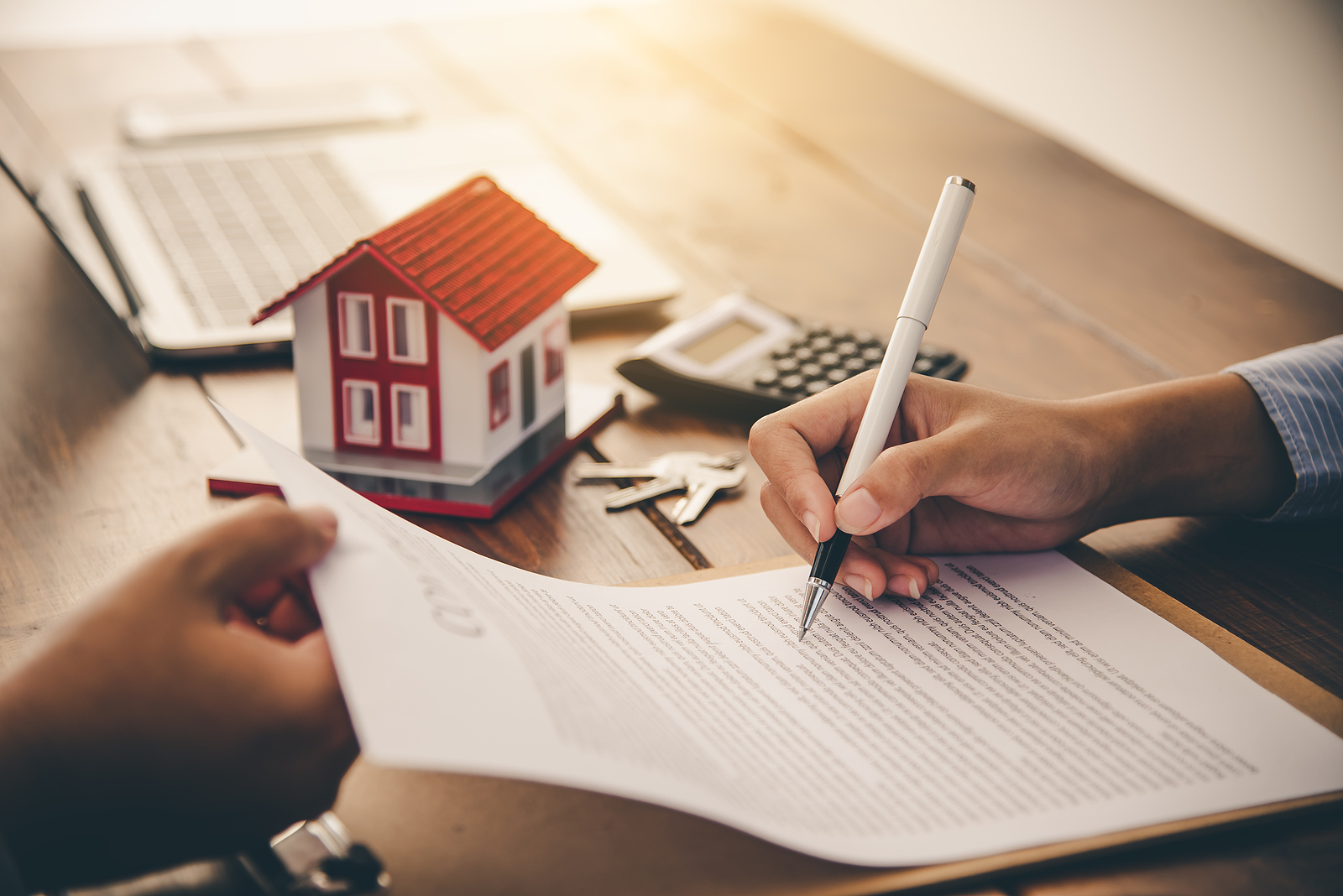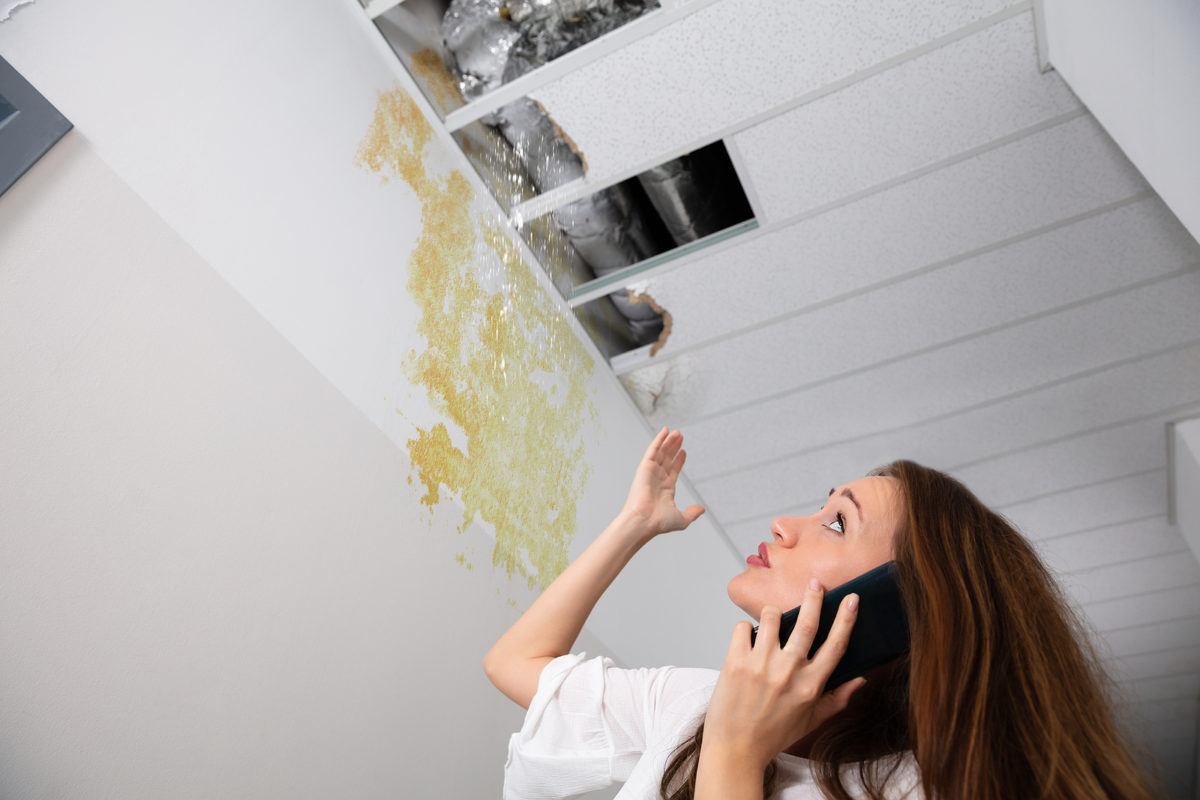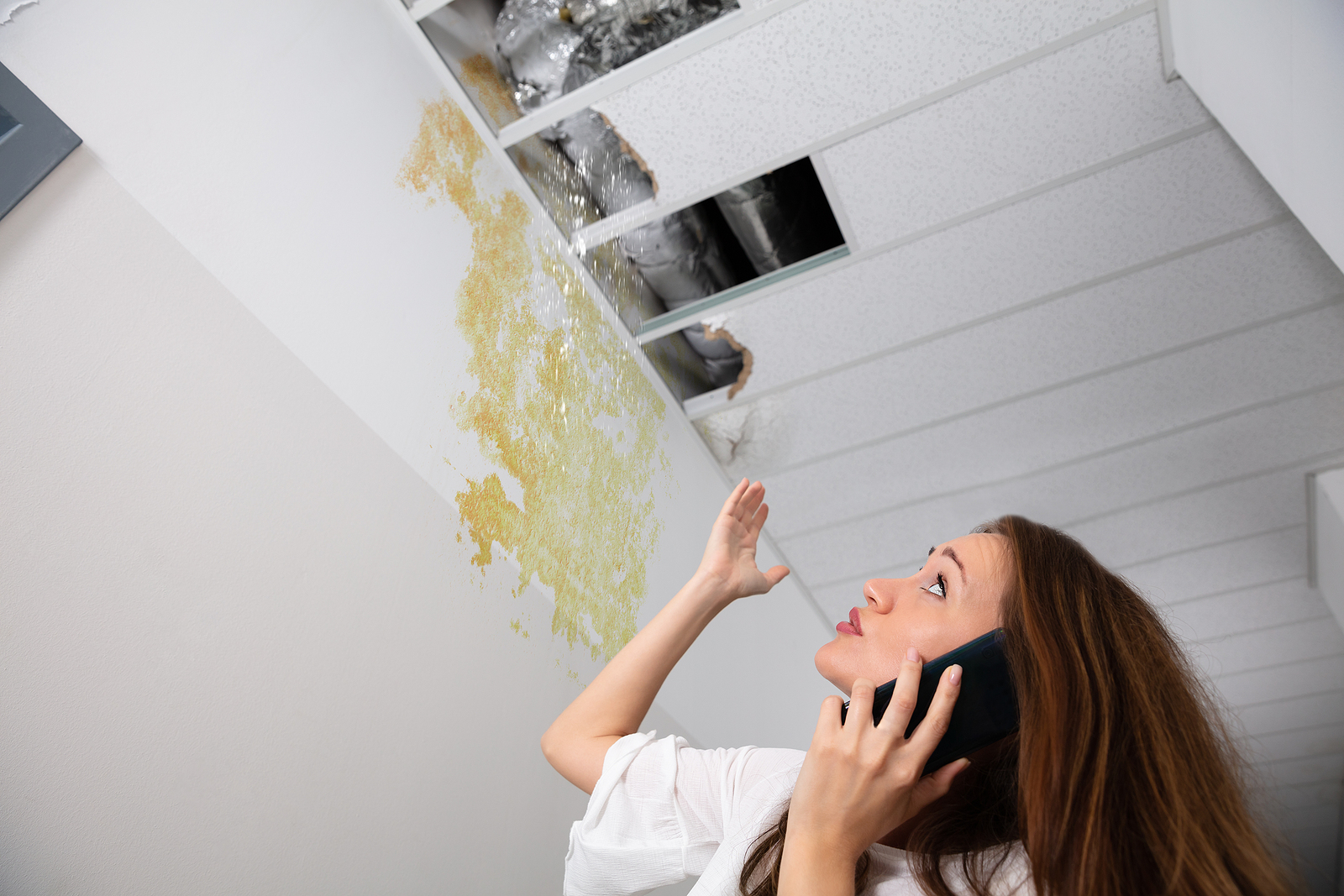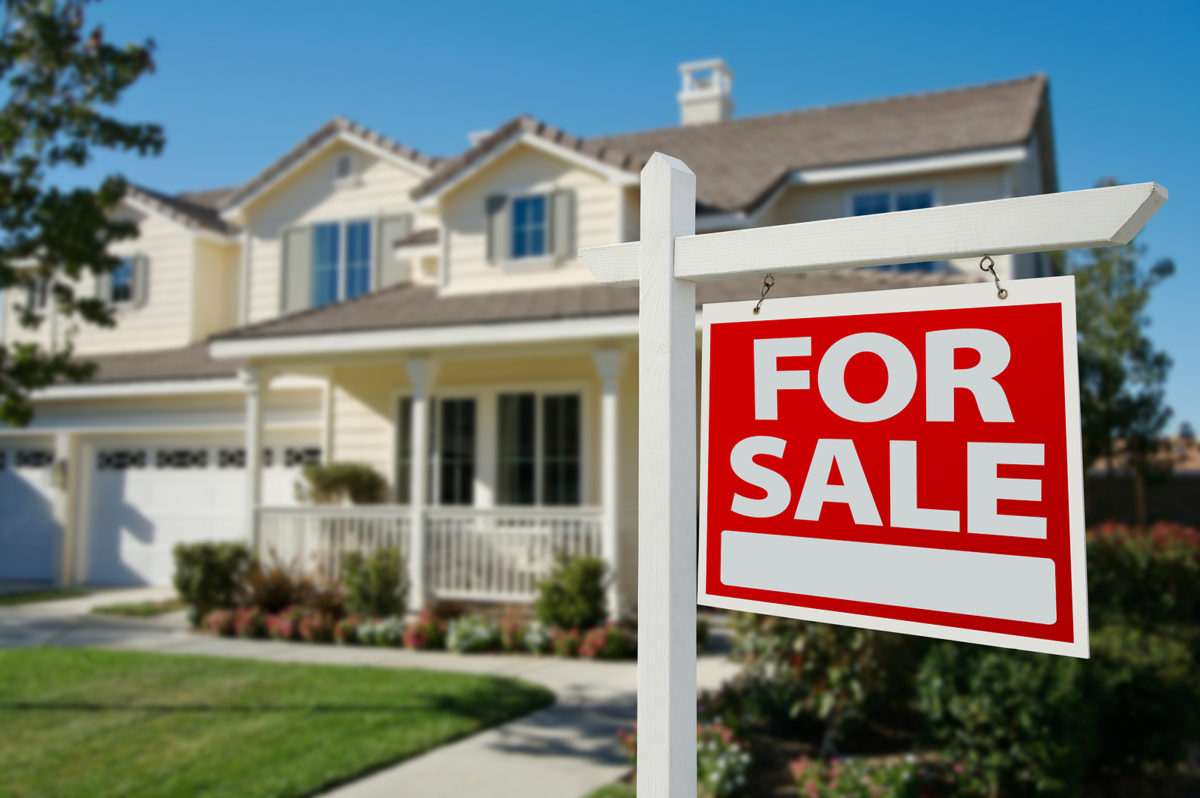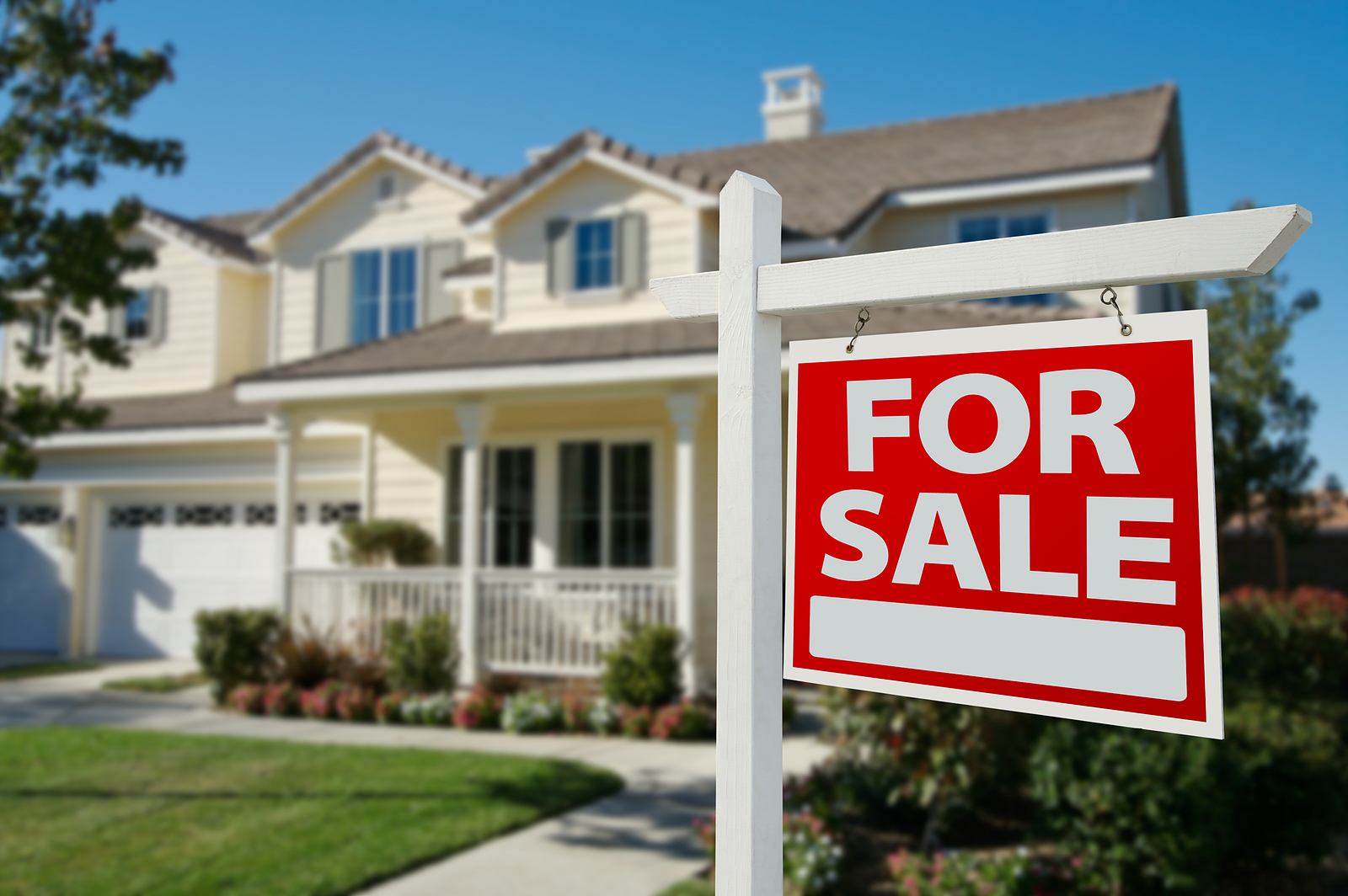Nobody wants to be forever at the mercy of homebuyers that want to drop by after work, at dinner time, or on the weekends during family time.
Homeowners considering selling their homes also want and need to get the most amount of money possible.
So, what’s the trick to getting a home sold quickly and at the top of the market value range?
Actually, there are several things you as a homeowner can do to speed up the process and make your home irresistible to buyers. Here are the top three.
Price
The main reason a home sits on the market, getting little interest from buyers, is price. One of the truths in real estate is that an overpriced home take longer to sell.
Some homeowners want to “test the market,” by entering it with a house that is priced over market value. They feel they’ll get offers and can then negotiate.
It’s a huge mistake. Buyers’ real estate agents know, at least roughly, what each home in the market is work. They can also run a comparative market analysis to ensure that their buyer isn’t paying too much.
The truth is, no buyer is going to pay more for a home than what it is worth. And, no lender will approve a mortgage for such a home unless the buyer brings in additional cash.
Sadly, homes that languish on the market become stigmatized. Potential buyers assume there is something wrong with it and real estate agents wait for the seller to accept reality. Eventually, many of these homes end up selling for less than market value.
If you want to sell your home quickly, price it right from the minute it hits the market.
Condition
Dirty houses don’t sell for top dollar. Homes with deferred maintenance don’t either and both tend to sit on the market for longer than they should.
If you don’t have the time or the inclination to clean the house yourself, it is worth the money you’ll spend to hire professionals to do it for you.
But wait – cleaning isn’t enough. Remove all the clutter from the home, store oversized furniture and consider hiring a professional stager.
Staging the home can mean the difference between getting bombarded with low offers and receiving top dollar for the home.
Marketing
Marketing is your real estate agent’s job so it’s important to look at several real estate agents’ marketing plans before hiring one of them to help you sell your home.
Find an agent whose list-price-to-sales-price ratio is close to 100 percent and one that provides you with a professional-looking listing presentation and a solid marketing plan.
Online marketing is especially important when trying to attract today’s buyers so ask the agents you interview about their online marketing techniques.
Once the home is listed, ask for a copy of the MLS listing. This is what other agents use when determining which homes to show their buying clients.
If the description of the house isn’t intriguing, if there are few photos, or if the photos are blurry or unattractive, ask your agent to redo them.
Finally, follow up on the agent’s marketing plan by checking in with him or her weekly to determine what’s being done to sell the home. Most professional agents are happy to share this information with their clients.
Homes that are priced right, clean and staged and marketed appropriately generally sell quickly and for top dollar.
Give us a call. We’d love to show you how we market homes for sale.
